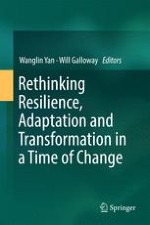2017 | OriginalPaper | Chapter
4. The Vehicle Transportation Problem in the Megacity São Paulo (Brazil)
Authors : Renato Cesar Sato, Luciana Ferreira da Silva
Published in: Rethinking Resilience, Adaptation and Transformation in a Time of Change
Publisher: Springer International Publishing
Activate our intelligent search to find suitable subject content or patents.
Select sections of text to find matching patents with Artificial Intelligence. powered by
Select sections of text to find additional relevant content using AI-assisted search. powered by
